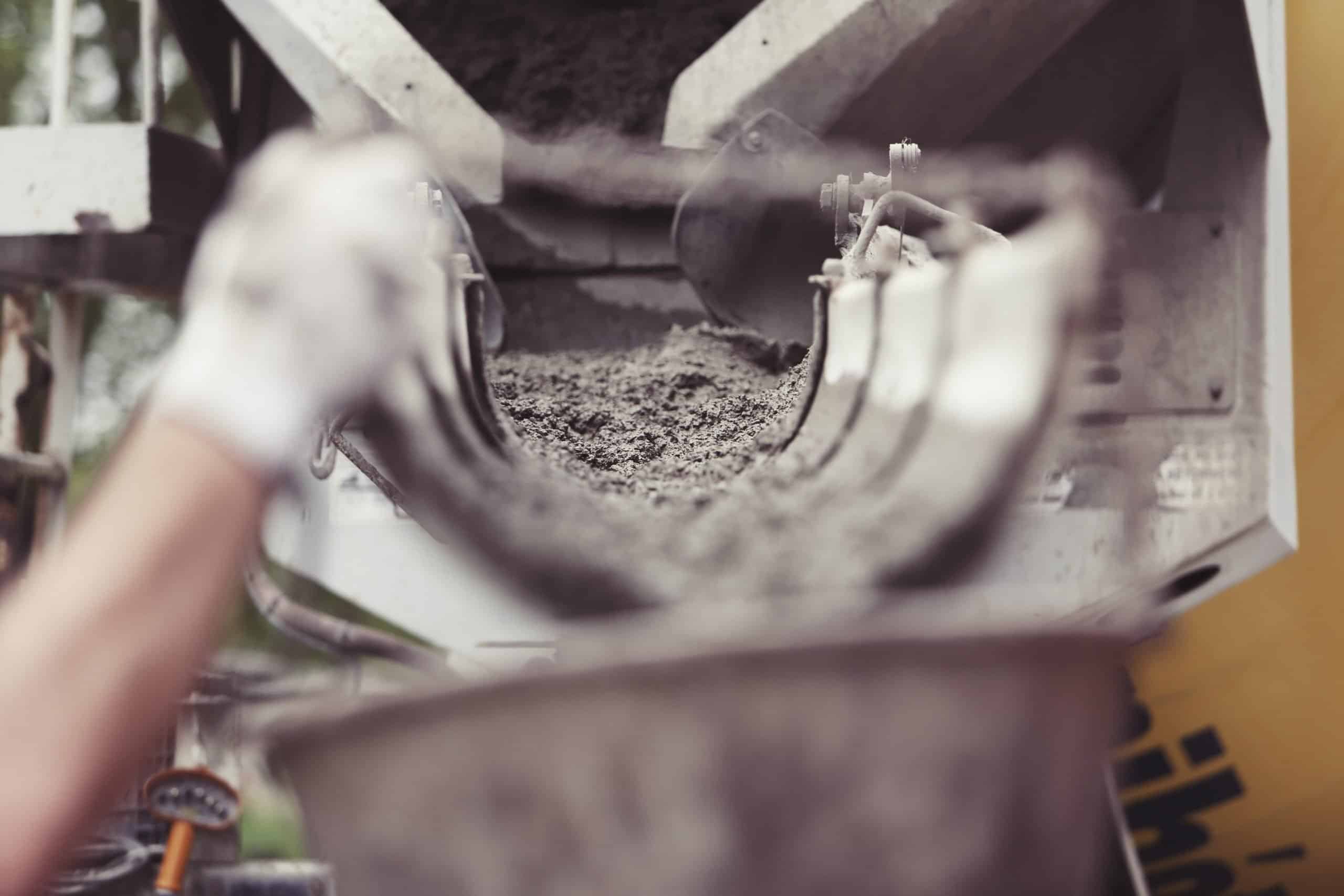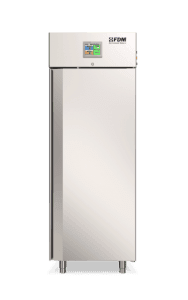
Concrete is a prevalent building material and consequently, a very wide series of tests are required to verify its resistance - most of them carried out in a climatic chamber.
In this article, we will deal with two tests on concrete which are regulated by two precise international regulations.
We will analyze them individually, but first, let's see what they have in common.
The Thermal Test of Concrete in a Climatic Chamber
Both thunder-shower and dry cycles serve to test the resistance of concrete to abrupt or gradual changes in temperature. The transition from hot to cold, or vice versa, can weaken concrete and repair mortars and it is crucial to accurately predict their effects in order to intervene effectively.
Both tests are ruled by specific EN standards, which are documents that have been ratified by one of the 3 European Standards Organizations, CEN, CENELEC or ETSI. They also match ISO regulations, ratified by the International Organization for Standardization which has global relevance.
On the other hand, two different procedures are necessary to meet the complexity of reality: temperature is not the only factor to be taken into consideration and if the thermal shock occurs in the presence of precipitation, snow and frost, the test to be followed is different.
Let's see them both.
Perform
Climate Stress
Discover the new series of Climate Chambers for controlled climate testing
Thunder-Shower Concrete Test: EN 13687-2: 2002
The internationally approved procedures for carrying out the test of concrete with thuner-shower cycles can be found in the EN 13687-2: 2002 standard which you can download at this link.
The test is aimed at measuring the thermal shock caused by an abrupt cooling starting from a high temperature.
The test is carried out by placing several samples in a climatic chamber and holding them under radiant heat for 5 hours and 45 minutes at a temperature of 60 degrees centigrade and then abruptly lowering it to 12 degrees for a duration of 15 minutes. At the end of the treatment, the effects are observed and will be evaluated through an interpretative grid.
Dry Cycle Concrete Test: EN 13687-4:2003
The dry cycles are designed to test the concrete in environmental conditions without precipitation which however present continuous temperature changes. The procedures to be followed can be found in the EN 13687-4:2003 standard which can be downloaded here.
The cycle lasts six hours and is more complex than the thunder-shower one, involving various phases of cooling, thermal conservation and heating. The precise procedures are indicated in the aforementioned standard as well as the interpretation grid that distinguishes and evaluates different types of material breakage.
You cannot find the ideal chamber for your test?
Create your own environment, according to any test requirement
The FDM Climatic Chamber for Concrete Testing
Both tests of the concrete, with thunder-shower cycles or dry cycles, can be carried out by the FDM climatic chamber.
Our products are built with the best technologies available and are equipped with an intuitive interface that will guide you throughout the process.
Here you will find more information on building materials testing, including concrete.
Would you like to receive a quote or do you have questions about the product?
Contact us to receive more information about this Product.



